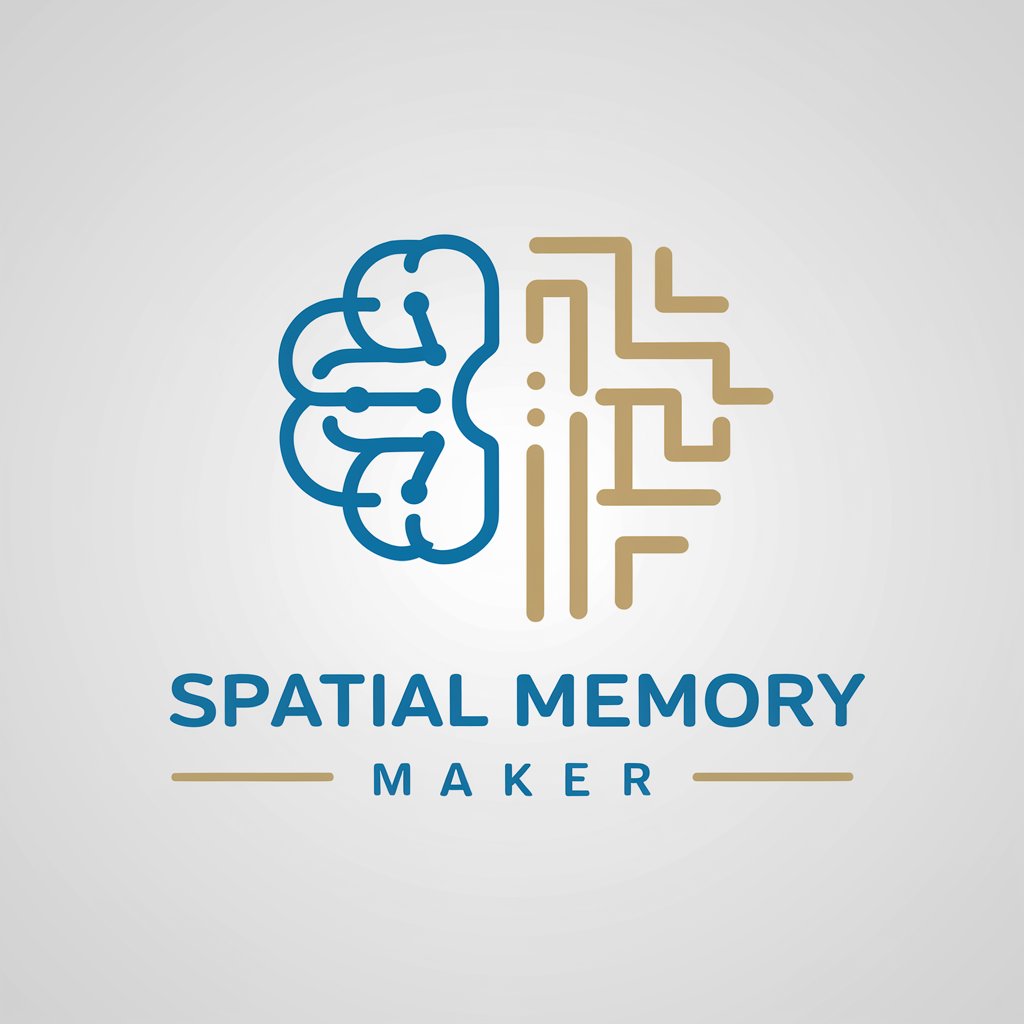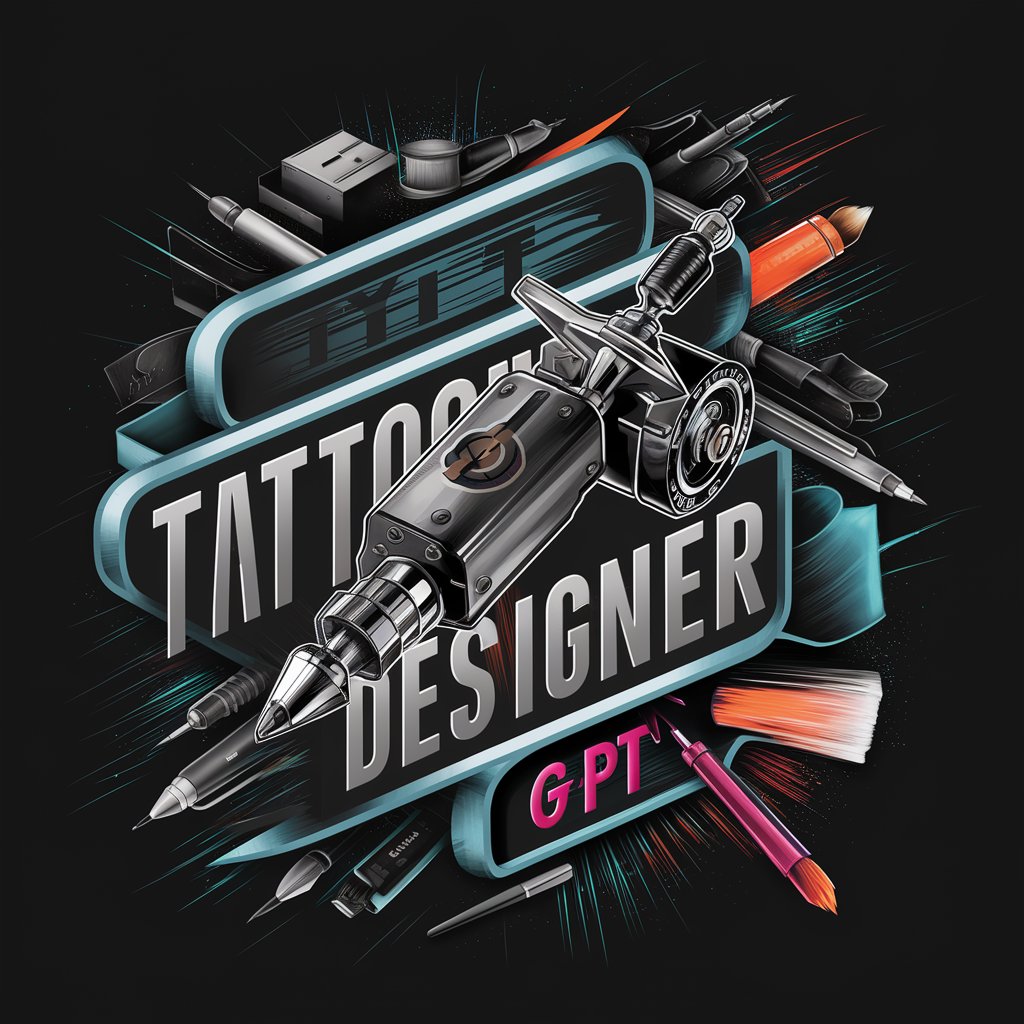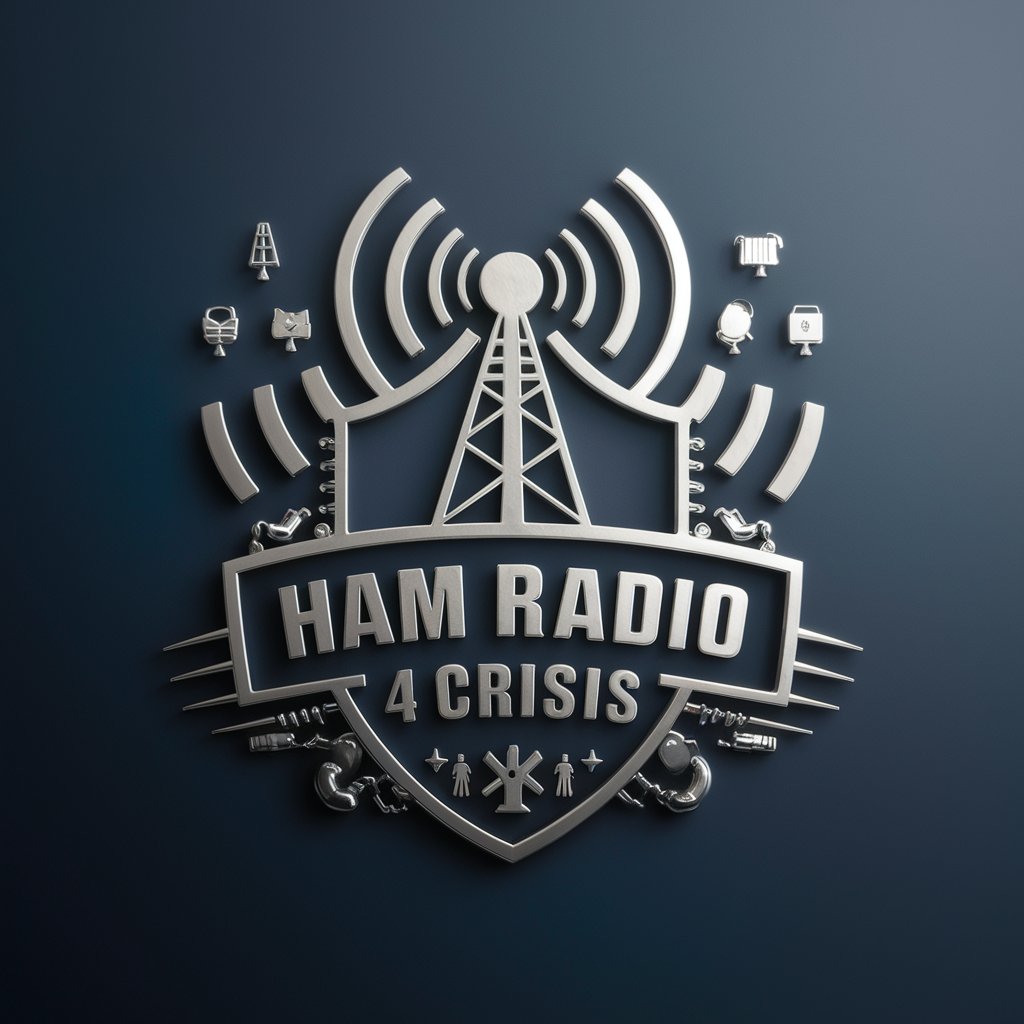Spatial Memory Maker - mnemonic creation tool

Welcome! Let's build your memory palace together.
Turn spaces into memory aids with AI
Imagine walking through your favorite childhood home...
Picture your workspace and use its layout to memorize...
Think of your daily commute and use each stop to remember...
Visualize your dream vacation spot and place items to recall...
Get Embed Code
Overview of Spatial Memory Maker
Spatial Memory Maker is a specialized tool designed to enhance the memorization process using the 'memory palace' technique, a method proven to be effective for deep, long-term memory retention. This technique involves associating information with specific, familiar locations, turning the abstract into the spatially concrete. Users select spaces, number them from 1 to 100, and link these numbered spaces to the data they need to remember. This not only aids in recollection but also makes learning a more engaging and imaginative process. For instance, a medical student might use their childhood home as a memory palace to remember complex anatomy terms by associating each room with different body systems. Powered by ChatGPT-4o。

Core Functions of Spatial Memory Maker
Creation of Custom Memory Palaces
Example
A user might choose their daily walking route as a memory palace to memorize a speech. The beginning of the route represents the introduction, various landmarks along the way symbolize main points, and the destination concludes the speech.
Scenario
This is particularly useful for public speakers and students, allowing them to rehearse and retrieve their speeches or lessons spatially as they mentally traverse the route.
Associative Imagery Development
Example
A law student uses the layout of their university library to memorize case law. Each section or room is linked to different legal principles or landmark cases, using vivid, unusual imagery to enhance recall.
Scenario
This method helps in linking complex legal concepts to specific locations, providing a structured yet flexible way to organize and retrieve vast amounts of information effectively.
Sequential Learning Tools
Example
A project manager uses the floor plan of their office to sequence project tasks. Different offices and meeting rooms represent project stages or key deliverables.
Scenario
This aids in visualizing project flow and dependencies, which can be particularly beneficial in managing large projects and communicating plans and status updates to team members.
Target Users of Spatial Memory Maker
Students
Students of all ages and levels can use Spatial Memory Maker to memorize educational content ranging from simple historical dates to complex scientific theories. The spatial method helps in breaking down large information blocks into manageable, memorable chunks.
Professional Speakers
Public speakers, lecturers, and professionals who deliver presentations benefit from using memory palaces to structure their talks, ensuring they can recall points smoothly without relying heavily on notes.
Professionals in High-Complexity Fields
Individuals in fields like law, medicine, and software engineering, where large volumes of information are common, can use this tool to structure and recall professional knowledge efficiently, aiding in problem-solving and decision-making.

How to Use Spatial Memory Maker
Start your experience
Visit yeschat.ai for a free trial, no login or ChatGPT Plus required.
Choose your space
Select a space that you are familiar with, such as your home or a regular route you take. This will serve as the foundation of your memory palace.
Assign information
Break down the information you want to memorize into manageable chunks, then assign each piece to a specific location or object in your chosen space.
Create vivid associations
Use strong, vivid imagery to create associations between the features of your space and the information you need to remember. The more unusual or emotionally charged, the better.
Practice retrieval
Walk through your memory palace in your mind, retrieving the information as you go. Regular practice strengthens these memory cues and aids in long-term retention.
Try other advanced and practical GPTs
Movie Explorer
Revolutionizing Film Discovery with AI

Vijio - Turkish Pharmacovigilance Master
Your AI-powered pharmacovigilance partner.

Identifique Possíveis Público-Alvo
Unleashing AI to Discover Your Market

Merch Master
Crafting Your Creations with AI

Tattoo Designer GPT
Visualize Your Tattoo with AI

Ham Radio 4 Crisis
Stay Connected Anywhere

GPTeach - Lesson Planner
Streamline Planning with AI

하티 세계 국가 AI
Empowering Global Understanding with AI

The Minty Ebook Wizard
Craft Your Ebook with AI

Career Catalyst
Empowering Your Career Journey

Animal Ageing Genie
Discover Animal Life Secrets

Food Connector
Streamlining Food Assistance with AI

Frequently Asked Questions About Spatial Memory Maker
What is the 'memory palace' technique?
The 'memory palace' technique, also known as the method of loci, involves associating information to be memorized with specific physical locations or objects within a well-known space, such as a room or a pathway. This method leverages spatial memory to help recall information more effectively.
Can Spatial Memory Maker help with exam preparation?
Yes, it's particularly useful for students who need to memorize large amounts of information for exams. By associating facts, dates, formulas, or definitions with different parts of a familiar location, students can enhance recall and retrieval speeds during tests.
How can I use this tool for learning new languages?
Spatial Memory Maker can be used to memorize vocabulary by associating new words with specific locations or objects in your memory palace. For example, pairing the Spanish word for 'book' with a bookshelf in your living room can aid in remembering it.
Is there a limit to the amount of information I can store using this method?
While the method of loci can handle large volumes of information, the limit typically depends on the complexity and familiarity of the space used, as well as the user's practice and experience with the technique.
What makes Spatial Memory Maker different from traditional flashcards?
Unlike flashcards, Spatial Memory Maker utilizes spatial and visual memory, providing a more dynamic and interactive way to encode and retrieve information. This can lead to better retention and recall through the use of personalized, vivid mnemonic imagery.
